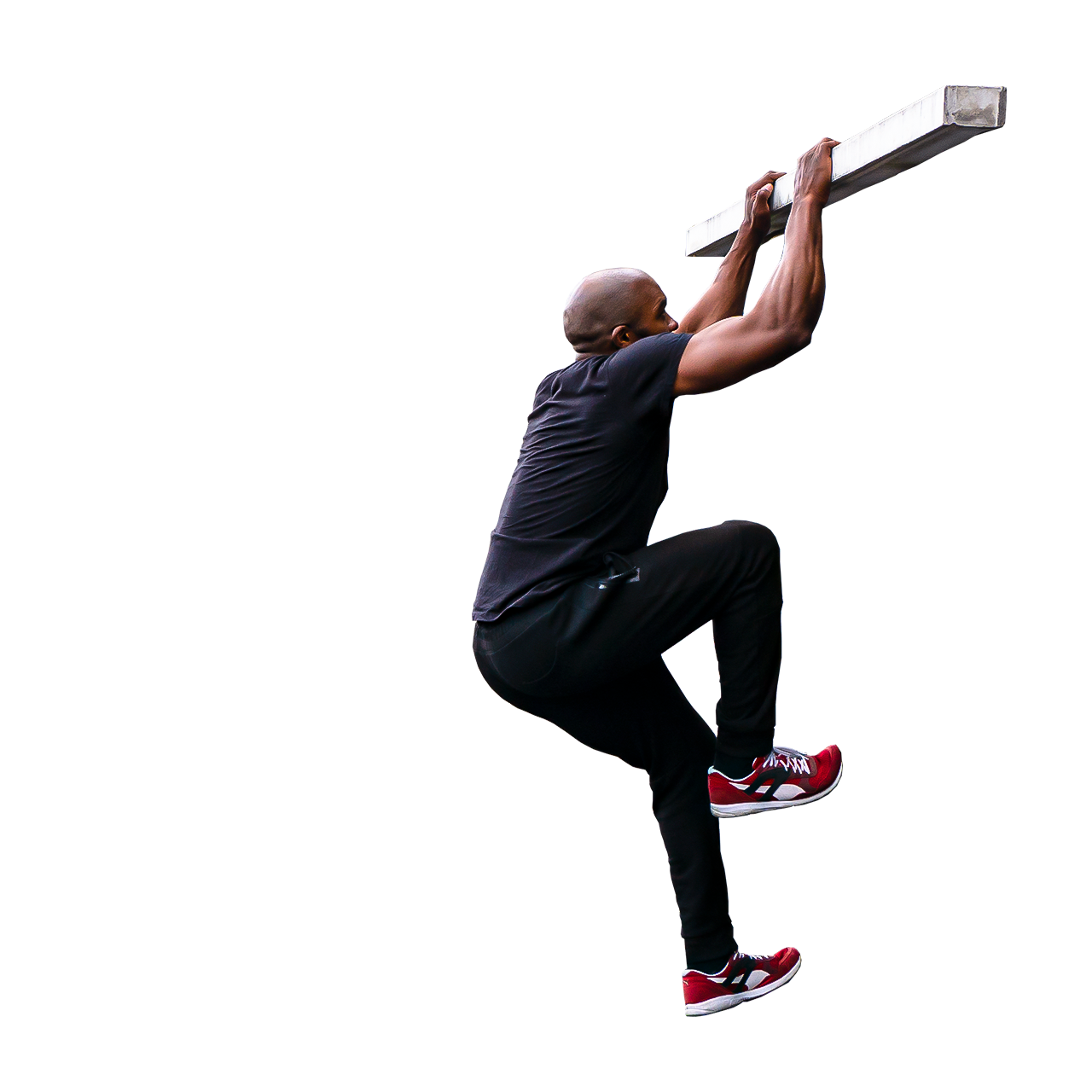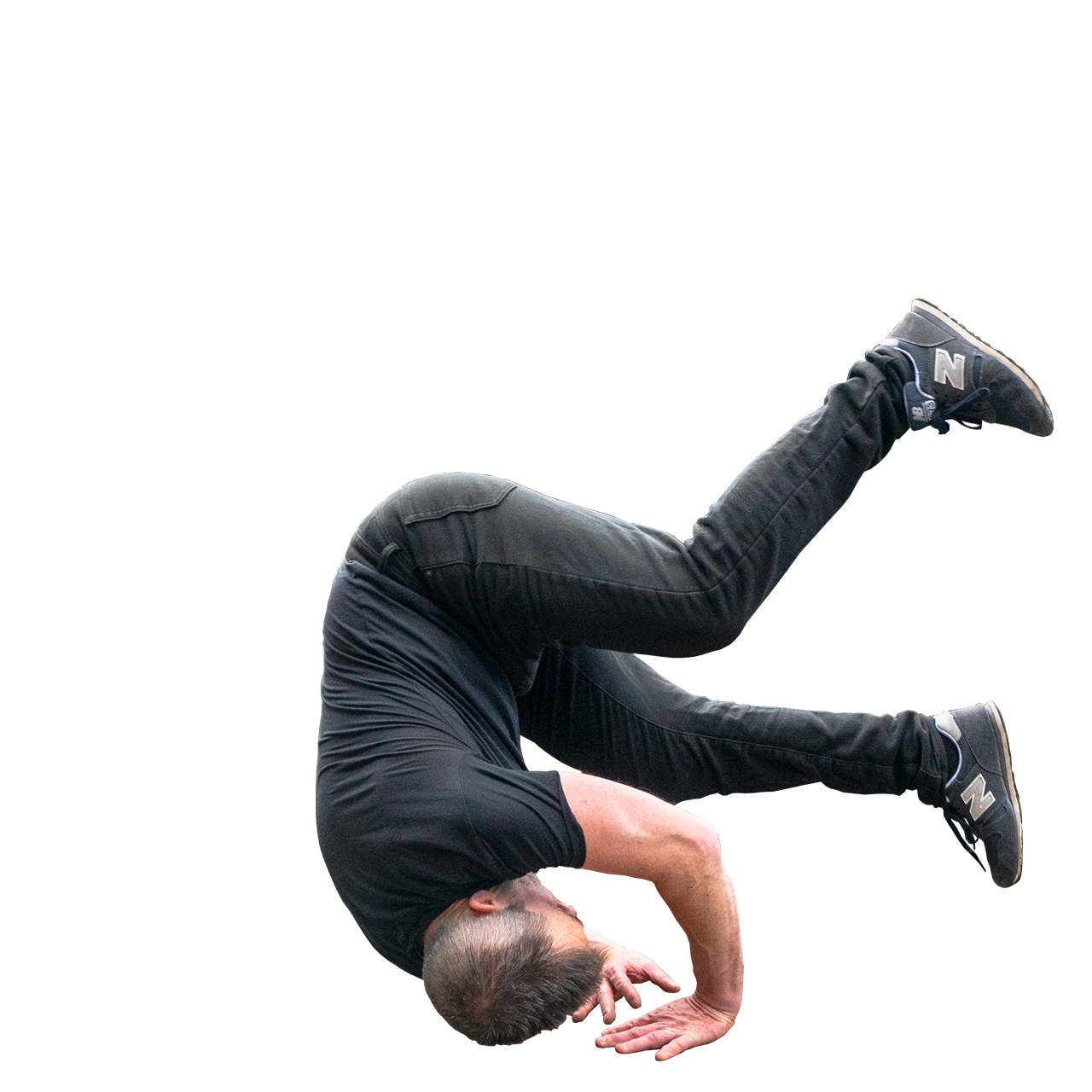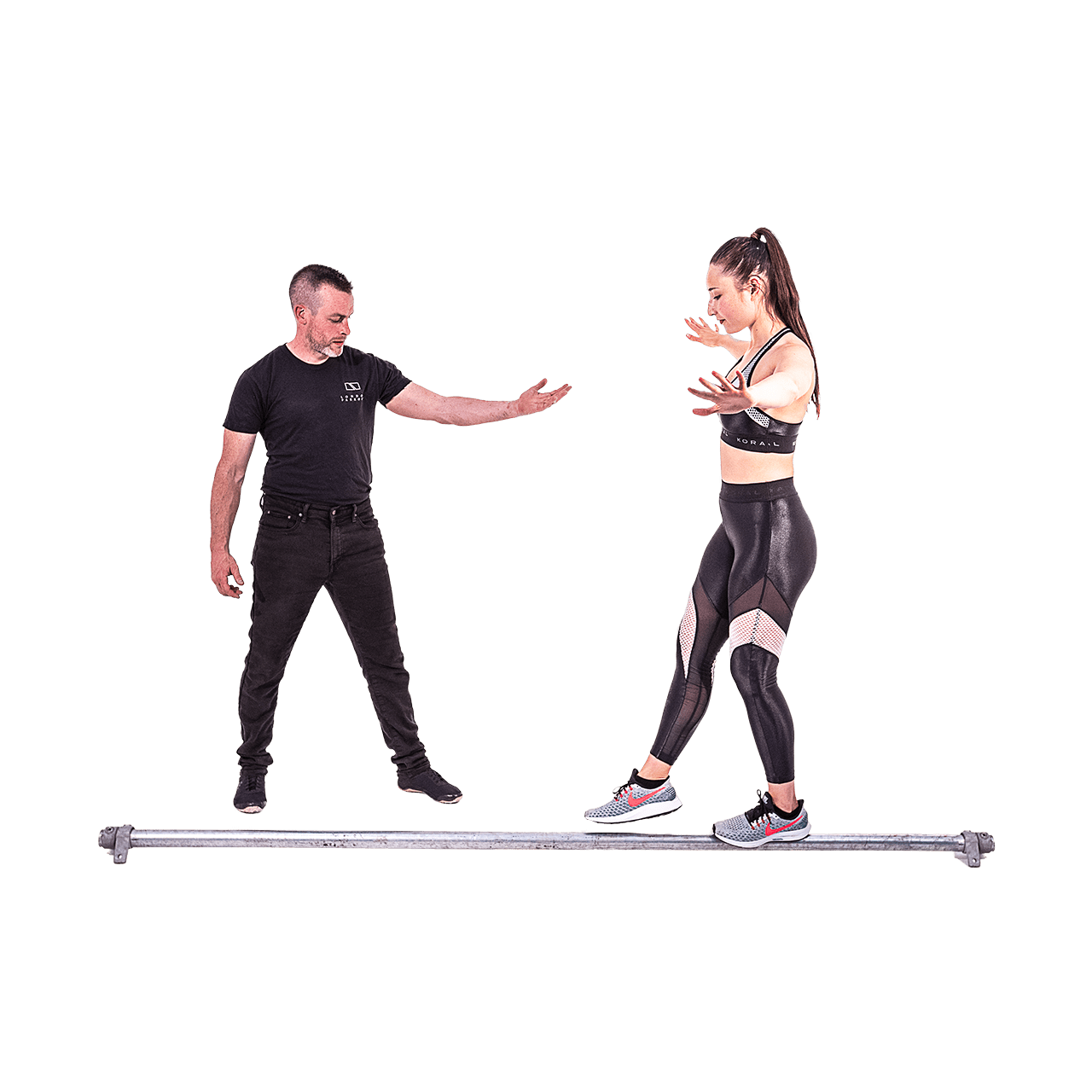
How to Pullup #12 – Intermediate 4
The full range of motion, regardless of what you are doing, is about going to the limit of what your body was designed to do.
This episode will look at what that means on the pull-up and why it's important.
Full Range on a Pullup
The key here is that we are trying to do pulling. That's simple enough to understand. However, when it comes to the pull-up, I mostly see people stopping their pull once they get to their neck.
The trouble with this is that you could actually carry on pulling if you had the power, it's just that from the neck onwards, this is where most will be weakest and therefore miss it.
Let's get out of that habit. Yes, it's harder, but ultimately it will be much more useful when transformed into a muscle up.
Bar is in the way.
Because everyone's ribcage sticks out from their body it will become harder to navigate around the bar. Using a little momentum we can generate more power to curve around the bar and get higher.
Obviously, using momentum and speed means that it's taking away from strength slightly, but to do this slowly, and all strength-based is very, very difficult. Something beyond the intermediate level of technical ability.
Kipping
This is a term used to describe the 'bounce' at the bottom of the pull-up to help do the next rep.
Essentially, you use the elastic properties of your muscle and tendons to stretch to their limits with speed from the drop of the pull-up and let them 'ping' you back like an elastic band.
I'm sure you can figure out the problem here... Swinging your body weight into the absolute limits of your muscle length and tendon length means that they are under tremendous stress and stretching. Which will very often lead to muscle strains, tears, tendon damage or worse.
Don't do it. It's not helpful, not worth it, not functional and leads to injury.
Videos Listing
Explore other series

Climbup Tips
A useful technique and powerful technique used to scale over the top of a wall, roof or obstacle from a hanging position on the side.

QM Tips
The ability to move effectively on all fours will improve strength, stamina and body awareness. Useful for all other movements.

Tutorials
In-depth series on specific movement topics.

Demonstrations
In-depth series on specific movement topics.
Blog
Deep-dives into Parkour Topics.